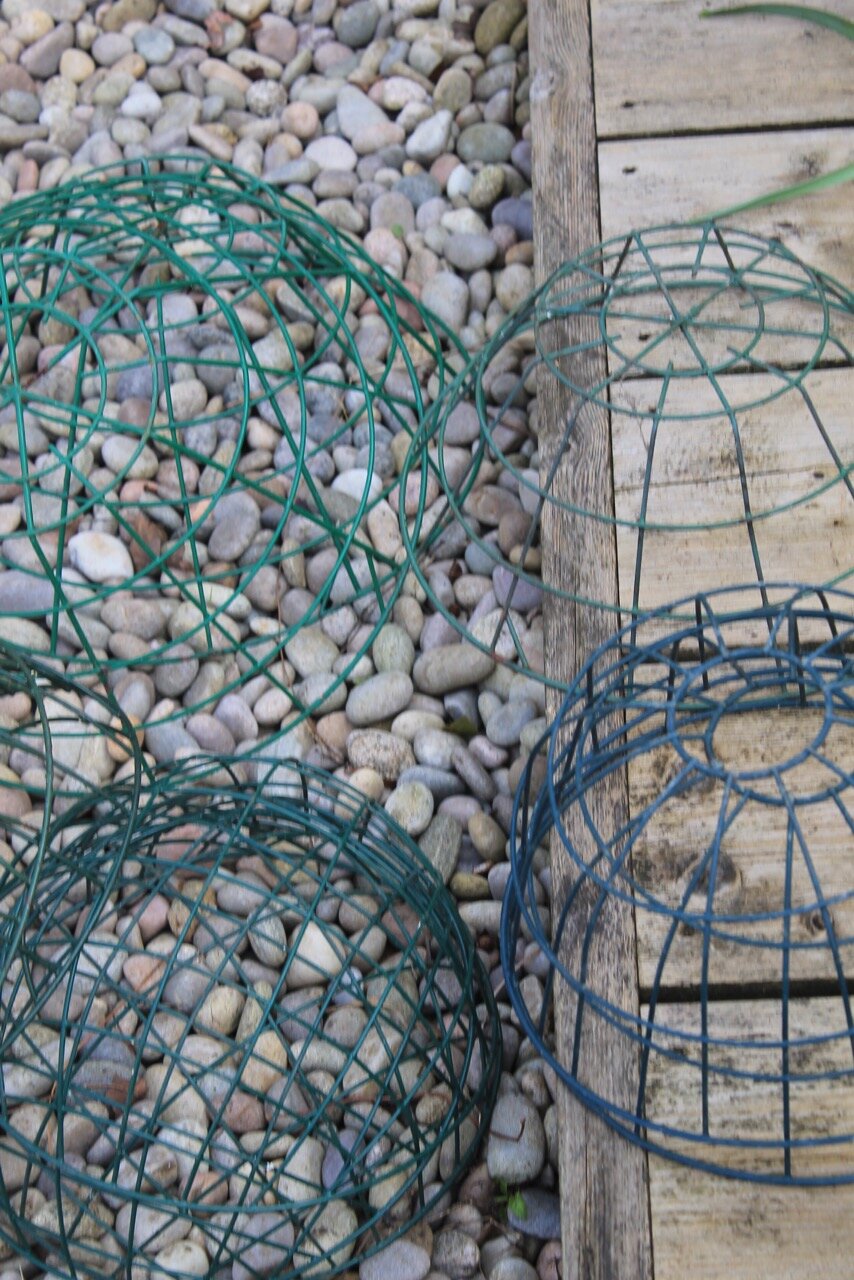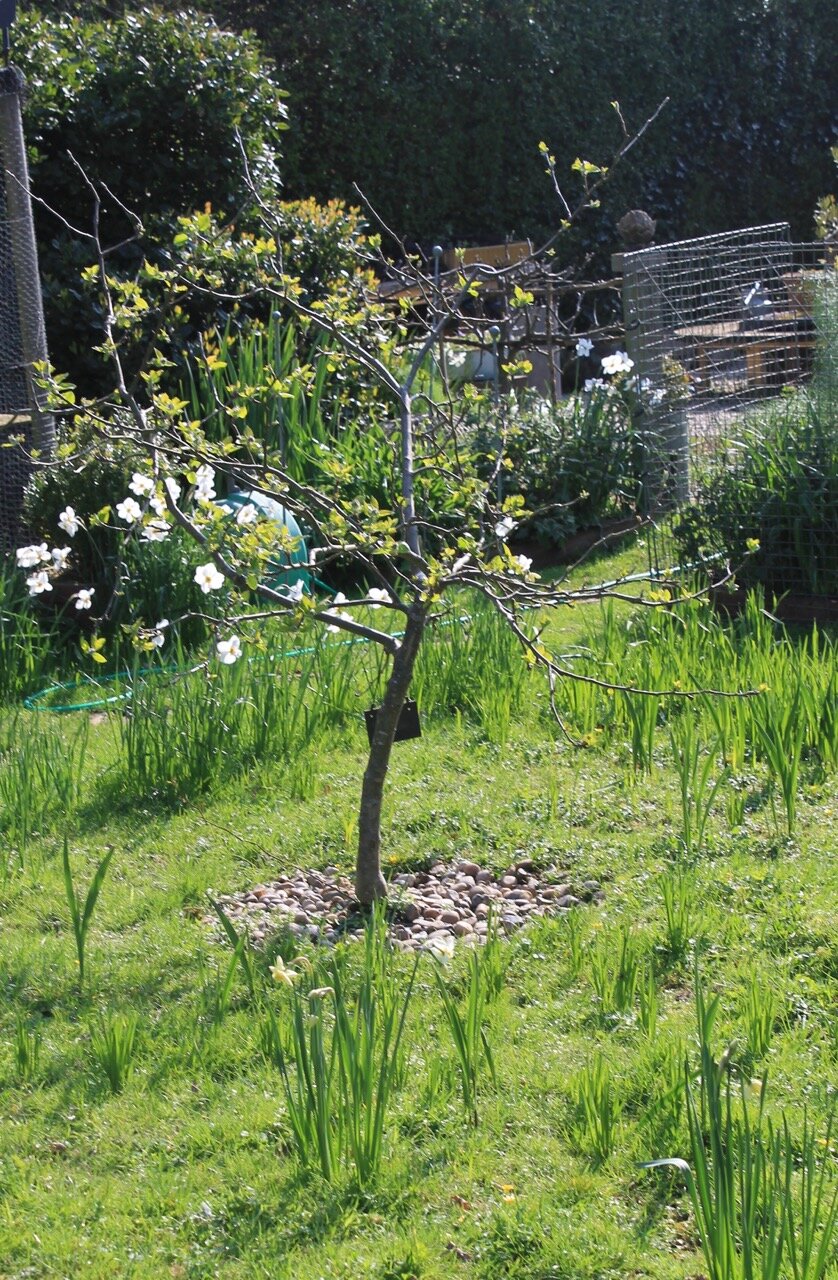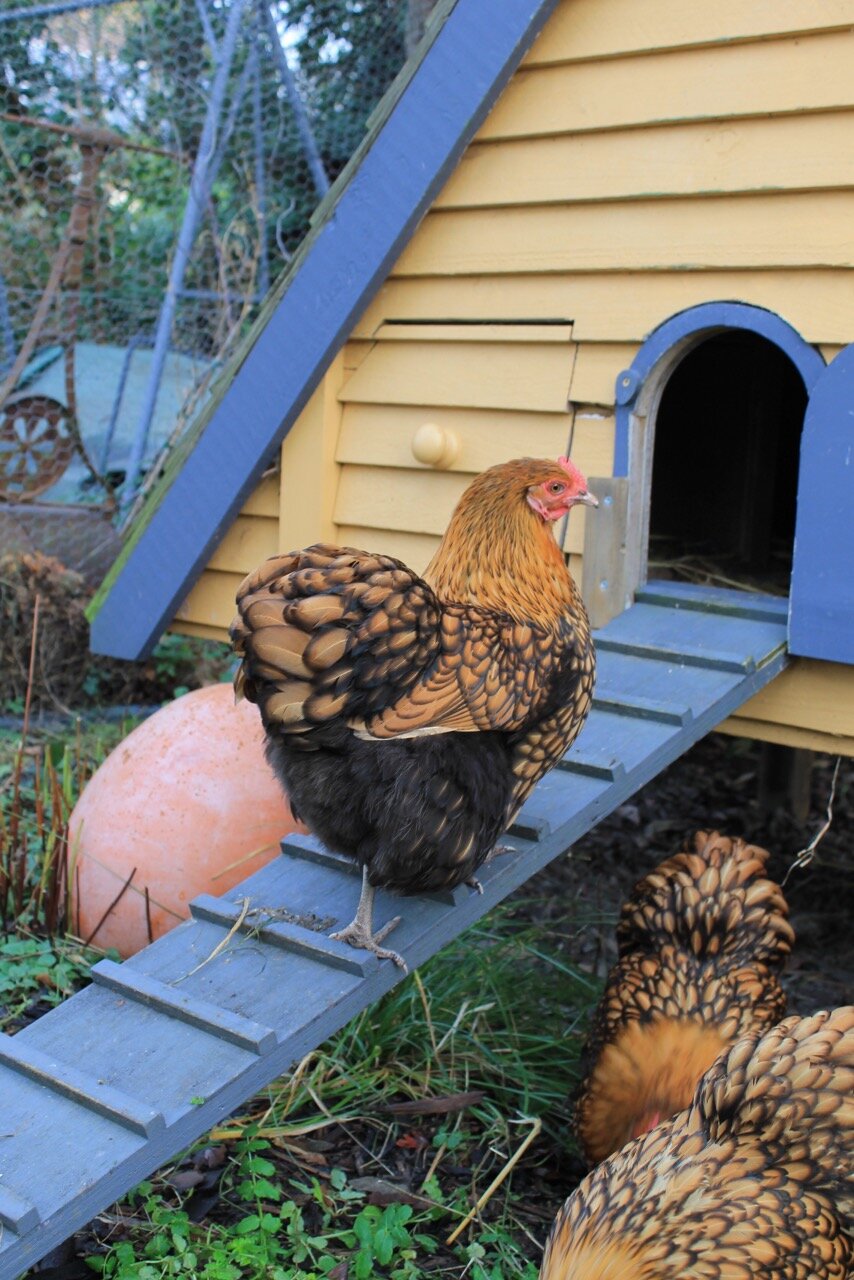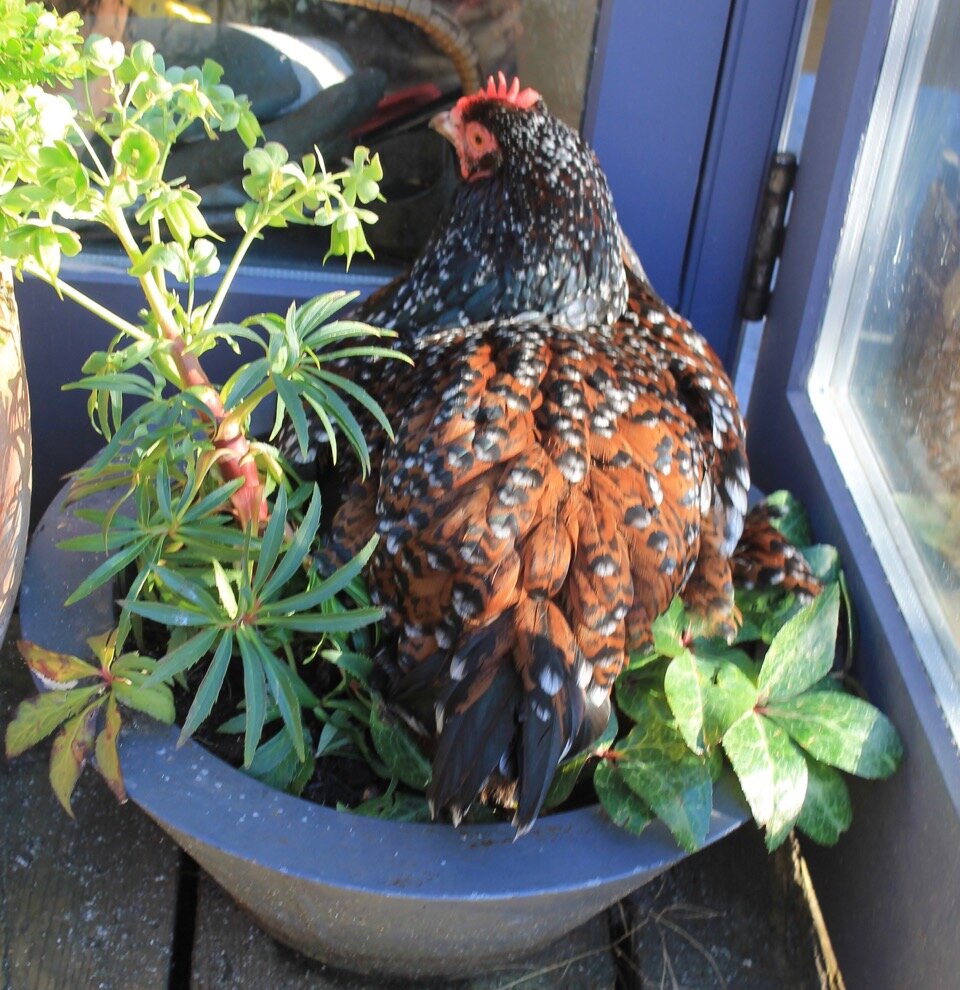For those new to keeping hens, the amount of damage a small flock can wreak on your garden will come as a bit of a shock. But you’re always telling us to let them do just that: I can hear you shout. Yes, but it takes careful management if you want your garden to survive.
First, choose a breed that will do less damage, then, don’t keep too many (see last month’s blog); then perhaps only let them out for part of the day, afternoons maybe – culminating in them putting themselves to bed (which they’ll always do as light fades because they can’t see in the dark). Hens are difficult to coral back into their run, although food is always a good persuader.
If you have an orchard or wilder bit of the garden with a little shade, you can fence them into that particular area. You may have to clip one wing to keep them from accessing any temptations on the other side. Always fence or net your vegetable garden, that’s a temptation too far.
Hens like soil that has been disturbed, so the minute you’ve planted seeds or plants, cover the area with a cloche or net. I buy old hanging basket frames at car boot sales: they make ideal protective coverings and will also act as staking for many taller plants. Bamboo cloches (from Andrew Crace), chicken wire circles or baskets all help fight the battle.
Your flock will have catholic tastes when it comes to eating plants. I had a season when pulmonaria were the plat du jour, others find geraniums a delicacy, my bantams peck delicately at forget-me-not seeds, you’ll soon discover what’s on the menu and net to protect. Hens don’t seem affected by plants that we consider poisonous.
The other main problem is dust bathing – essential for hen grooming, but not in the border. Encourage your flock to dust bathe under the henhouse (which you have hoisted on legs for easy cleaning and rodent access) by adding wood ash or dry soil for the perfect dust bath. The base of newly-planted trees and shrubs, always a tempting bathing area, can be protected with large pebbles, flints and stones.
Planting densely in pots and beds can be a deterrent, though my flock of three always relax at the backdoor in a pair of planters, and they look almost as pretty as the plants they’ve displaced.




